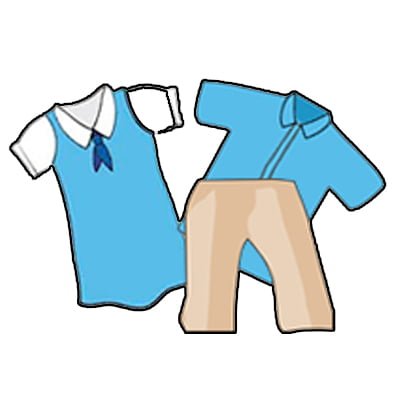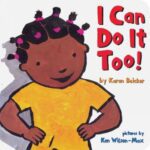Can Work Independently
What does “Can Work Independently” mean?
This skill is about a child’s ability to work alone on a task given by an adult. The task should be something that children understand and are able to do by themselves without the adult constantly monitoring or reminding them what to do. A child that demonstrates this skill stays focused and tries to do the task alone or with the help of a peer before asking for help from the adult. This skill is important because it helps children build the confidence and ability to work on their own.
What does this skill look like?

At Home
Kevin’s mom is playing with him when his baby brother wakes up from a nap. Kevin’s mom needs to feed the baby, so she asks Kevin to play by himself and gives him a puzzle to do. After his mom leaves the room, Kevin lays his puzzle out on the rug and begins to put it together. He plays by himself, working on the puzzle while his mom feeds the baby.

In The Classroom
Ling’s teacher reads a book to his students during circle time. After that, he asks his students to get a piece of paper and some crayons and draw a picture of the part of the story they liked best. Ling gets her materials and sits at her desk. She draws a picture of her favorite part of the book. She does the task on her own with little supervision from the teacher.
 Children can see the value of “Can work independently” in the book:
Children can see the value of “Can work independently” in the book:
I Can Do It Too!
For more information about this book and other books that highlight this skill, visit our READING LIST page.
TIPS FOR FAMILIES
How can I explain this skill to my child?
Let your child know that as they keep growing up, they are going to learn to do things on their own. For example, when they were babies, they couldn’t walk or feed themselves. You had to help them. But now they do those things for themselves. Tell them that they will keep learning how to do new things until they are able to do lots of things for themselves! Give them an example of something they are still learning how to do but will one day be able to do on their own (like tie their shoes). Express excitement over the fact that they will be able to do that task without any help some day (for example, say: “Imagine that! One day, I won’t have to help you tie your shoes anymore. You will be able to do it all by yourself!). Let them know that you are always there to help them when they are learning something new. Once they get better at it, they won’t need as much help and soon they will be doing a lot of things for themselves!
What are some things I can do to help my child learn this skill?

Independent task list. Knowing your child’s ability level can help you identify which tasks they are able to do on their own and which tasks they still need your support to do. Create a list, like the one below, with two columns naming tasks that your child is capable of doing on their own and tasks you need to help them with. It can also be helpful to brainstorm this list with your child so they feel some ownership over the things they can do alone. Post this list somewhere you and your child will see it every day. As your child learns how to do things on their own, you can move tasks from the second column to the first column. This way your child can see their progress as they master new skills!
Things I Can Do by Myself!

Things I Still Need Some Help to Do

Brush my teeth

Wake up for school

Make my bed

Get dressed

Eat my breakfast

Tie my shoes

Put on my coat

Pack my backpack


Think like Goldilocks. In a children’s story, a little girl named Goldilocks tastes three bowls of food. One is “too hot”, one is “too cold”, and one is “just right”. For children to learn how to do things by themselves, they need tasks that they are able to work on alone. That means the task shouldn’t be too easy or too hard. Try to identify tasks that are “just right” for your child to do on their own.
| Child’s Ability | Too Easy | Too Hard | Just Right |
| Your child can write the letters A, B, and C and is learning to write D and E. | You ask your child to write the letter A. | You ask your child to write the whole alphabet. | You ask your child to write A, B, C, D, and E. If your child is struggling to write D and E, you let them work through it on their own before you offer help. |

Make time. To help your child learn to do things on their own, it is important to build extra time for them into daily routines.
- For example, if you help them get dressed in the morning, that may only take 5 minutes. If they get dressed themselves, it may take 15 minutes. If you are rushing to get out the door, you may be tempted to do the task for the child, instead of letting them do it on their own.
Think about your schedule and places where you can build in extra time to let your child try to do things on their own.
- For example, if your typical morning routine takes 30 minutes, wake your child up ten minutes early so they have extra time to try getting dressed on their own. Nights and weekends can also be useful times for letting your child try something on their own because you won’t be as rushed.
Remember that learning to do something on your own can take time and hard work. Don’t be discouraged if your child doesn’t master a skill right away. Keep giving them chances to try it on their own before you help them.
How can I encourage my child when I see them trying to learn this skill?
Acknowledge your child for their efforts! For example, tell your child, “Ling, I saw you working really hard to do that all by yourself” or “You did a great job playing on your own, Kevin.” Click here for more ideas on how to encourage your child.
TIPS FOR TEACHERS
How can I explain this skill to children?
Tell children that now that they are in kindergarten, they are growing up! A great thing about growing up is that you can do more things on your own. For example, when they were babies, they couldn’t walk or feed themselves. But now that they are big kids, they do those things for themselves. Tell them that they will keep learning how to do new things until they are able to do lots of things for themselves! Give them an example of something they are still learning how to do but will one day be able to do on their own (like tie their shoes). Express excitement over the fact that they will be able to do that task without any help some day (for example, say: “Imagine that! One day, I won’t have to help you tie your shoes anymore. You will be able to do it all by yourself!). Let them know that you are there to help them when they are learning something new. Once they get better at it, they won’t need as much help and soon they will be doing a lot of things for themselves!
What are some examples of best practices from educational experts and fellow teachers?

- For example, let children know that they will be writing their numbers for the next 15 minutes. Tell them you want them to try on their own for the first 5 minutes before they ask for your help. Giving them a set period of time to work on their own makes it feel more manageable.
Remember to use visual or audio indications of how much time is left for a task (see Tip 2 under “Completes work on time” for more ideas).
It is also helpful to make independent work goals realistic.
- For example, it would be realistic for a kindergarten child to work for 10 minutes alone before asking for help but would not be realistic to tell them to work on their own for 30 minutes.

Model self-talk. When children are having difficulty working independently, there is usually a cause behind it. You can help them identify barriers to working independently and easy solutions by modeling self-talk. For example, if you are writing a lesson on the board, you can get distracted by something you see outside. While you are writing, you could look outside and then say: “Oh, it’s raining outside. Did I remember to bring my umbrella today? …Oops! I am getting distracted. I am supposed to be writing on the board. I should stop looking out the window, turn around, and focus on what I’m writing.” After you have finished writing, you can say: “It’s sometimes easy to get distracted when you are working! The rain distracted me. But then I remembered I had work to do and changed where I was looking and what I was thinking about. And that helped me get my work done!”
It can also be useful to have a chart like the one below posted in the classroom. The questions in this chart can remind children how to talk out their problems when they are having trouble working on their own. Use self-talk to model each of these scenarios so children have a better understanding of the different ways to work through each problem.
TALK IT OUT!
| Am I feeling confused or frustrated? | |
| Am I being distracted by anyone or anything? |  |
| Am I trying my hardest? | |
| Have I tried different ways to solve the problem? |  |

Use checklists as reminders. For tasks that the entire class is expected to do on their own, it can be helpful to post checklists around the classroom as reminders of the steps involved in doing something. This reminds children what they are supposed to do without them having to ask for your help. Brainstorm a list of tasks that children are expected to do on their own in your classroom. It can be helpful to do this with your class, so that children feel ownership over those tasks and know what they are expected to do independently. Walk through the steps by modeling them at the beginning of the year and then reviewing them at strategic times (e.g., after holidays). It is also helpful to put the checklist in a specific area of the room. For example, post a checklist like this near the sink to prompt children about washing their hands.
Our Clean Hands Checklist
| Turn on the water |  |
|
| Wet your hands |  |
|
| Get some soap and rub your hands together |  |
|
| Wash the soap off |  |
|
| Turn off the water |  |
|
| Grab a towel |  |
|
| Dry your hands |  |
|
| I’m finished! |
How can I encourage children when I see them trying to learn this skill?
Acknowledge children for their efforts! For example, say, “Ling, I saw you working really hard to do that all by yourself” or “You did a great job working on your own, Kevin.” Click here for more ideas on how to encourage children.
To download a printable PDF of the tips for this skill, click here.

Start your morning with Conquering Kindergarten!
Hey teachers, want to incorporate Conquering Kindergarten into your community meeting each morning? Go to the district’s Community Meeting App to find ready-to-use slides highlighting this skill. Filter content in the app by Conquering Kindergarten or by a specific skill to get access to interactive and engaging slides tailored to the community meeting format.
To learn more about the tips and where they came from, please visit our references page.

 Children can see the value of “Can work independently” in the book:
Children can see the value of “Can work independently” in the book: